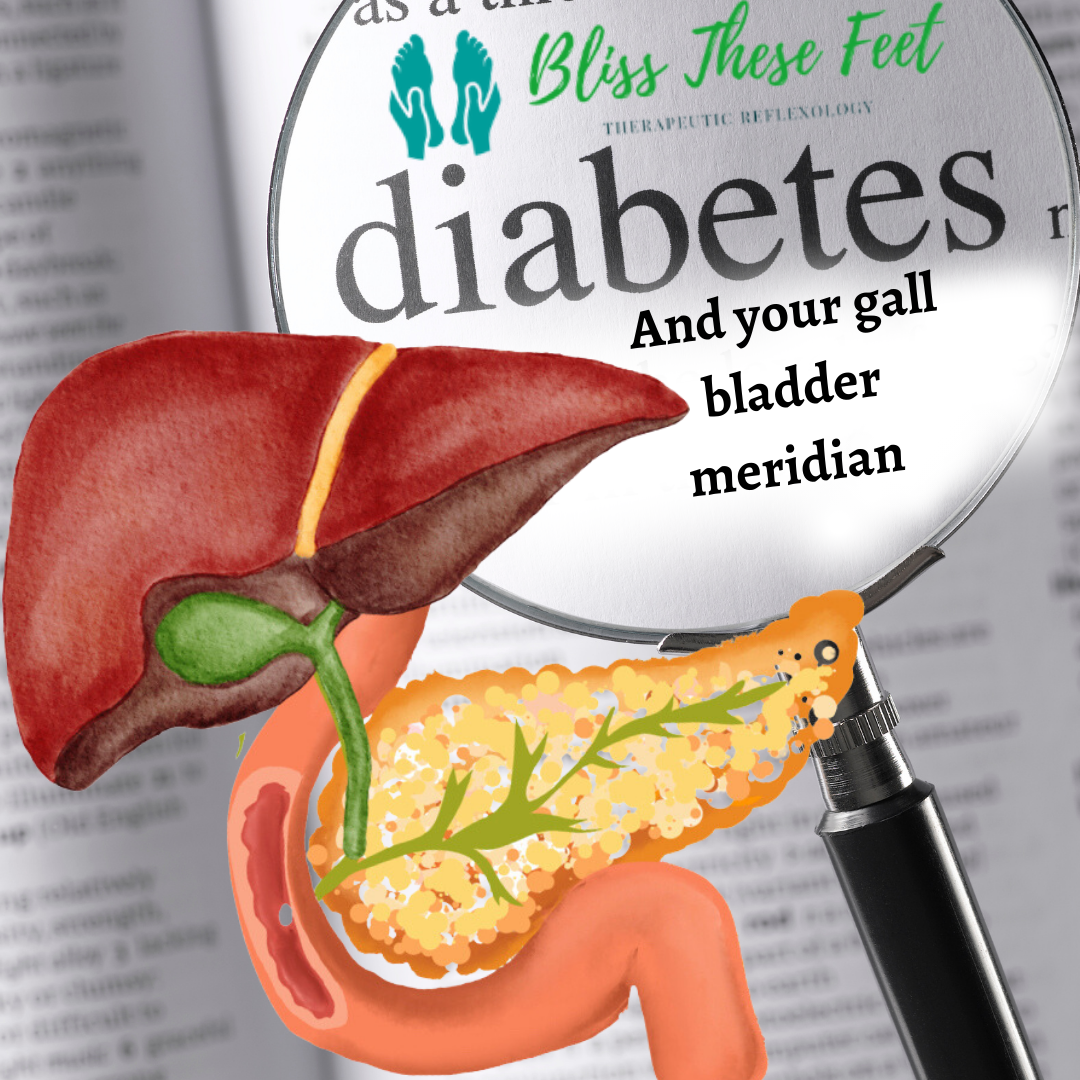The gallbladder is a small organ located below the liver that plays an essential role in digestion. It is responsible for storing and releasing bile, a digestive fluid produced by the liver that helps break down fats in the small intestine. However, recent research has suggested that the gallbladder may also play a role in the development of diabetes.
Diabetes is a chronic metabolic disorder characterized by high blood glucose levels. There are two main types of diabetes: type 1 and type 2. Type 1 diabetes is an autoimmune disease in which the body’s immune system attacks and destroys the insulin-producing cells in the pancreas. Type 2 diabetes, on the other hand, is caused by a combination of genetic and lifestyle factors, including obesity, lack of physical activity, and poor diet.
Recent studies have suggested that the gallbladder may be involved in the development of type 2 diabetes. One study found that people who had their gallbladders removed were more likely to develop diabetes than those who still had their gallbladders. Another study found that people with gallstones, a common condition that affects the gallbladder, were also more likely to develop diabetes.
So, what is the connection between the gallbladder and diabetes? One theory is that the gallbladder may play a role in regulating glucose metabolism. Bile acids, which are produced by the liver and stored in the gallbladder, have been shown to affect glucose metabolism by stimulating the release of insulin and increasing the uptake of glucose by cells. However, when the gallbladder is removed or not functioning properly, the regulation of glucose metabolism may be disrupted, leading to the development of diabetes.
Another theory is that inflammation in the gallbladder may contribute to the development of diabetes. Chronic inflammation has been linked to insulin resistance, a key feature of type 2 diabetes. Inflammation in the gallbladder may also lead to the release of pro-inflammatory cytokines, which can further contribute to insulin resistance and glucose intolerance.
While the exact role of the gallbladder in diabetes is still unclear, these findings highlight the importance of understanding the complex interactions between different organs and systems in the body. Further research is needed to determine the precise mechanisms by which the gallbladder may contribute to the development of diabetes and to develop new strategies for preventing and treating this disease.
The gall bladder meridian is a pathway in the body that is closely linked to this important organ. In reflexology, there are several points on the feet and hands that are associated with the gall bladder meridian. Stimulating these points can help improve the flow of energy along the meridian and promote overall health and well-being. However, imbalances and blockages along the gall bladder meridian may result in a range of symptoms and conditions.
The gall bladder meridian begins at the outer corner of the eye and runs down the side of the head, neck, and sides of the body, ending at the fourth toe. It is an important meridian for energy flow and is linked to the liver, which is another vital organ for digestion. The gall bladder meridian is also thought to be connected to decision-making and may influence our ability to make clear, rational choices.
In reflexology, there are several points associated with the gall bladder meridian:
1. The outer edge of the foot, running from the fourth toe to the ankle bone
2. The middle of the foot, running from the base of the fourth toe to the center of the foot
3. The webbing between the fourth and fifth toes
4. The middle of the palm of the hand, running from the base of the fourth finger to the center of the hand
Stimulating these points can help promote the health and function of the gall bladder and support overall well-being.
Imbalances and blockages along the gall bladder meridian may result in a range of symptoms and conditions. These may include:
1. Digestive issues such as bloating, constipation, and diarrhea
2. Pain or discomfort in the right side of the abdomen or under the right shoulder blade
3. Headaches and migraines
4. Fatigue
5. Mood swings and irritability
6. Insomnia
According to traditional Chinese medicine, imbalances along the gall bladder meridian may also be linked to emotional issues such as anger, frustration, and resentment.
In addition to reflexology, there are several dietary and lifestyle factors that can help support the health and function of the gall bladder. Eating a diet rich in healthy fats, such as olive oil, nuts, and avocados, can help promote the production and flow of bile. Drinking plenty of water, exercising regularly, and avoiding excessive alcohol consumption may also support the health of the gall bladder.
In conclusion, the gall bladder meridian is an important pathway in the body that is closely linked to digestion, energy flow, and decision-making. Reflexology can help promote the health and function of the gall bladder by stimulating specific points on the feet. Imbalances and blockages along the gall bladder meridian may result in a range of symptoms and conditions, including digestive issues, headaches, and fatigue. By incorporating dietary and lifestyle factors that support the health of the gall bladder, we can promote optimal health and well-being.




